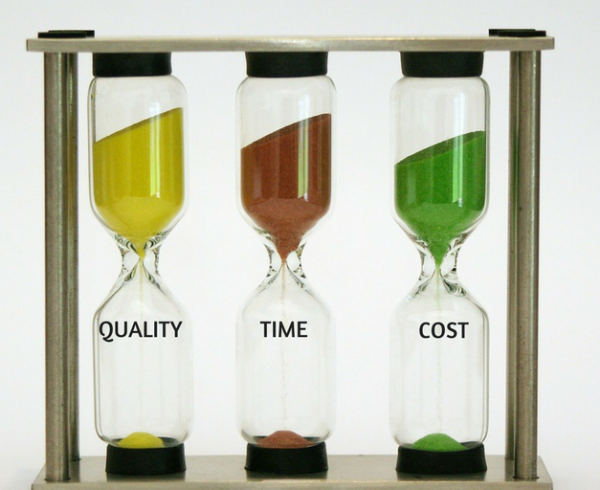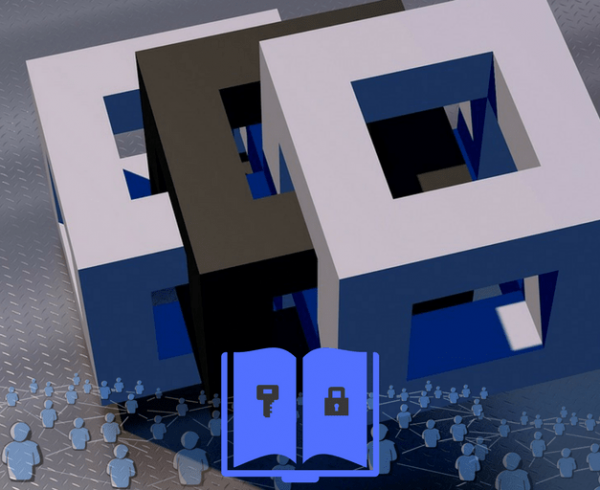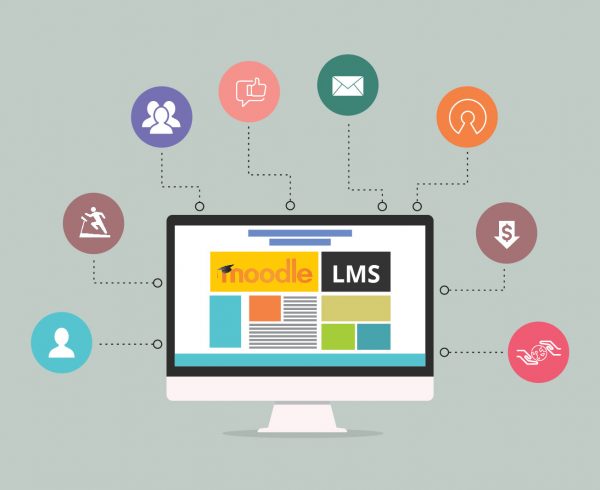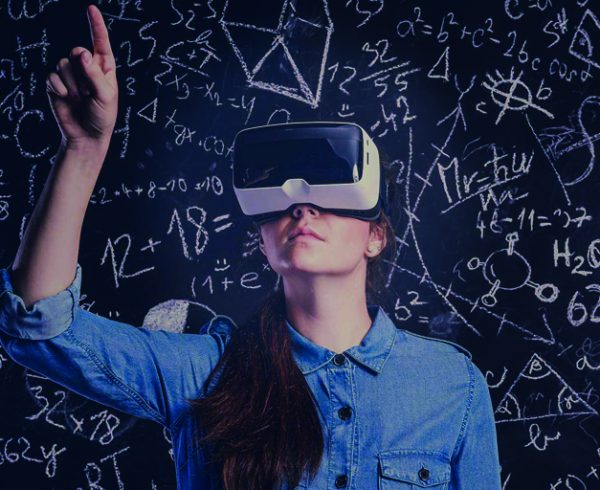Summary
This blog explores strategies and best practices for addressing language and cultural nuances in translations for learning programs. It also provides you with a list of tools to enhance the effectiveness of your translations.
Imagine this scenario: you’re designing a learning program to reach a global audience. You’ve put in countless hours crafting the content, ensuring it’s engaging, informative, and thought-provoking. But here’s the catch: you’re dealing with multiple languages and diverse cultures.
How do you ensure that the essence of your program is effectively conveyed across linguistic and cultural barriers? That’s where addressing language and cultural nuances becomes crucial.
This blog will explore strategies and best practices for tackling these language and cultural nuances head-on. From utilizing tools for translations for learning programs to platforms that assist with handling nuances, we’ll guide you on selecting and using the right tools to enhance the effectiveness of your translations.
Table of Contents
- Understanding Language Nuances in Translations for Learning Programs
- Recognizing Cultural Nuances in Translations for Learning Programs
- Best Practices for Translations of Learning Programs
- Embrace the Art of Localization
- Decode The Cultural Norms
- Collaborate with Subject Matter Experts
- Transcreate, Don’t Just Translate!
- Conduct Thorough Research and Stay Up to Date
- Translation Management Systems (TMS)
- Computer-Assisted Translation (CAT) Tools
- Machine Translation (MT) Systems
- Terminology Management Tools
- Language Quality Assurance (LQA) Tools
Understanding Language Nuances in Translations for Learning Programs
When it comes to translations for learning programs, it’s not just about converting words from one language to another. It’s about capturing the essence, the soul of the content, and ensuring that learners from different linguistic backgrounds can fully grasp the intended message.
Let’s take an example. Imagine you’re translating a learning program that aims to promote teamwork and collaboration. In English, you might use idioms like “two heads are better than one” or “teamwork makes the dream work” to convey the idea.
But what if you’re translating into a language where these idioms don’t exist? You can’t simply translate them word for word and expect the same impact. You need to find equivalent expressions or adapt the content to resonate with the target audience’s cultural context. That’s the power of understanding and addressing language differences.
Recognizing Cultural Nuances in Translations for Learning Programs
Now, let’s shift our focus to cultural nuances, as translating cultural norms in learning programs is also equally crucial. According to a LinkedIn article published by the Language Doctors, culture plays a significant role in shaping how we communicate, interpret information, and perceive the world around us.
Imagine you’re developing a learning program that explores ethical dilemmas. Now, different cultures might have contrasting perspectives on what is considered ethical or morally acceptable.
Translating the program without adapting it to the target culture’s moral framework could lead to confusion or even offense. By recognizing and localizing cultural references, you can navigate these challenges and ensure that your translations align with the cultural values and sensitivities of the audience.
Also Read: Managing Multilingual Workforce Learning Programs: Tips and Strategies
Best Practices for Translations of Learning Programs
Now that we’ve established the significance of addressing language differences and cultural adaptation in translations let’s dive into some practical best practices for tackling these challenges in the context of multilingual learning content.
Get ready to level up your translation game and embark on the exciting journey of localizing learning programs.
1. Embrace the Art of Localization
Localization of learning programs goes beyond mere translation. It involves adapting the learning program to suit the target culture and language.
According to an article by Forbes, the first to effective translation is to identify and understand the cultural norms and preferences of the target audience. Explore how instructional strategies can be adapted to align with local educational practices.
Be mindful of cultural references and consider substituting them with relevant local examples to ensure better comprehension and engagement.
2. Decode the Cultural Norms
Different cultures have their own unique set of values, beliefs, and social norms. When translating learning programs, it’s essential to decode and incorporate these cultural norms.
For example, while teaching about classroom etiquette, be aware of variations in behavior across cultures. What may be considered polite in one culture might be perceived as overly assertive in another.
Adapting instructional strategies that reflect these cultural nuances will enhance the relevance and effectiveness of the translated materials.
3. Collaborate with Subject Matter Experts
To ensure accuracy and relevance, engage subject matter experts who are well-versed in both the source and target cultures.
Their expertise will help you navigate the intricacies of cultural nuances and ensure that the learning solution aligns with the specific needs and preferences of the target audience. Collaborating with experts will provide invaluable insights and help you avoid potential pitfalls in the translation process.
4. Transcreate, Don’t Just Translate!
In some cases, a literal translation may not capture the intended meaning or impact of the original content. That’s when transcreation comes into play. Transcreation involves adapting the message, style, and tone of the content while maintaining its essence.
It allows you to convey the same impact and emotion in the target language, accounting for cultural and linguistic differences. So, don’t be afraid to unleash your creative side and transcreate when necessary!
5. Conduct Thorough Research and Stay Up to Date
Language and culture are ever-evolving. Stay on top of the latest trends, idiomatic expressions, and cultural references relevant to your target audience.
Conduct thorough research to ensure that your translations for learning programs are accurate and up to date. Consider using authentic resources, consulting cultural experts, and engaging in continuous learning to enhance your understanding of the target language and culture.
Also Read: Choosing the Right Translation Technology for Efficient Localization
5 Tools and Technologies for Effective Translations
1. Translation Management Systems (TMS)
Translation Management Systems are like trusty sidekicks for translators. They offer a centralized platform to manage translation projects, streamline workflows, and collaborate with teams.
TMS tools often come equipped with features like translation memory, terminology management, and project tracking.
2. Computer-Assisted Translation (CAT) Tools
CAT tools are the secret weapons of professional translators. With features like segment alignment, translation memory, and glossary management, CAT tools help maintain consistency across projects and save time by reusing previously translated segments.
3. Machine Translation (MT) Systems
MT systems like Google Translate or DeepL can assist in generating initial translations quickly. While they may not be as accurate as human translation, they can be useful for getting a general understanding of the content.
4. Terminology Management Tools
Terminology management tools help maintain a database of approved terms, ensuring consistent and accurate translations across projects. These tools allow you to create, update, and share terminology glossaries with translators, reducing the risk of errors and improving overall translation quality.
5. Language Quality Assurance (LQA) Tools
LQA tools assist in the quality control process by automatically identifying potential errors or inconsistencies in translations. They can detect issues such as mistranslations, missing translations, or incorrect formatting.
LQA tools are handy for ensuring the accuracy and linguistic integrity of your translated learning solutions.
Conclusion
Understanding and recognizing the language and cultural nuances are the keys to unlocking the true power of translations for learning programs. By diving deep into the intricacies of languages and embracing the richness of diverse cultures, you can create translations that not only convey the information accurately but also resonate with learners on a deeper, more meaningful level.
Ready to elevate your learning programs with expert translations? Look no further! At Hurix Digital, we specialize in providing top-notch translation services for learning content. Our team of language experts is here to ensure that your translations not only capture the essence of your content but also resonate with your global audience. Contact us today to know more!











